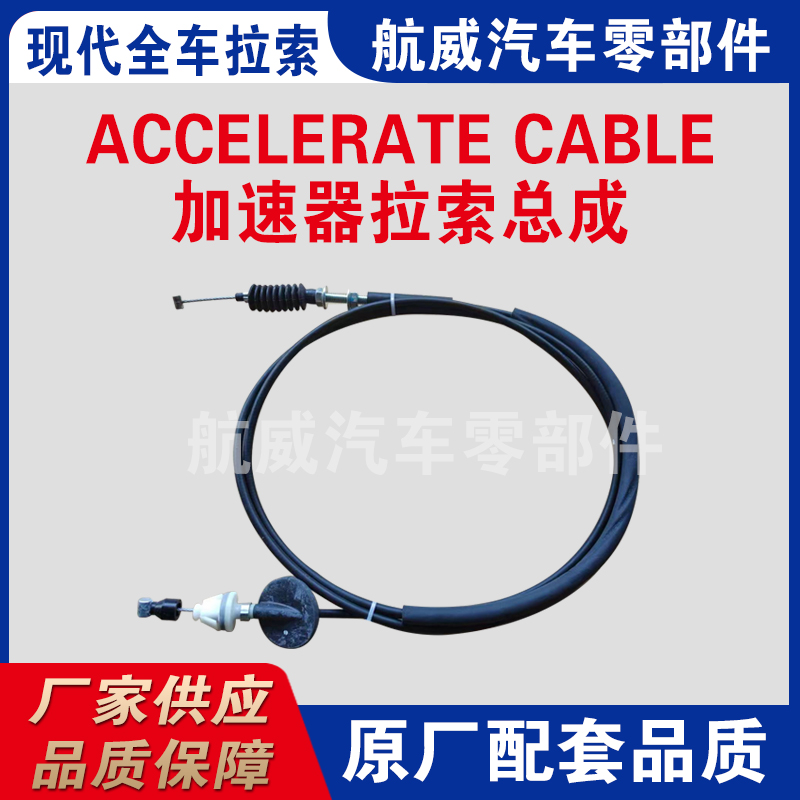Feb . 08, 2025 06:00
Back to list
cable gear
Changing gear cables might seem like a minor task in the grand scheme of maintaining a bicycle, but it’s crucial for ensuring smooth and efficient gear shifting. If left unchecked, worn or damaged gear cables can lead to difficulties in shifting, compromised riding comfort, and even potential safety hazards. Understanding the intricacies of replacing a gear cable entails knowledge of various factors, ranging from compatibility to installation techniques, ensuring you have a seamless cycling experience.
Installing the new gear cable involves threading it through the derailleur, any cable guides, and the outer housing if applicable. Ensure the cable is seated correctly within the shifter, typically accessed by removing the shifter hood or covering. This process underscores the importance of understanding the specific design of your bicycle’s shifting system, as incorrect installation here can impede its functionality. An essential part of the installation process is tensioning the cable correctly. After securing the end of the cable with the derailleur’s anchor bolt, manually adjust the tension. This adjustment is often refined using the barrel adjuster, which allows you to make minute changes to the cable tension without the need for tools. Proper tension ensures responsive and smooth gear changes. Finally, once the new cable is installed and tensioned correctly, it’s critical to perform a test ride to ensure all adjustments are accurate. Shifting through all gears several times provides a final check that everything is functioning as expected. Additionally, make it a point to keep the newly installed cable lubricated and regularly checked for wear to extend its lifespan. In conclusion, changing a gear cable is a maintenance task that requires attention to detail and an understanding of your bicycle’s specific needs. By choosing the right cable and executing the installation with precision, you optimize your bicycle’s shifting performance, contributing to a more enjoyable and safer riding experience. For those uncertain about their mechanical skills, consulting a professional bike mechanic is always a reliable alternative, ensuring the task is completed with expertise and peace of mind.


Installing the new gear cable involves threading it through the derailleur, any cable guides, and the outer housing if applicable. Ensure the cable is seated correctly within the shifter, typically accessed by removing the shifter hood or covering. This process underscores the importance of understanding the specific design of your bicycle’s shifting system, as incorrect installation here can impede its functionality. An essential part of the installation process is tensioning the cable correctly. After securing the end of the cable with the derailleur’s anchor bolt, manually adjust the tension. This adjustment is often refined using the barrel adjuster, which allows you to make minute changes to the cable tension without the need for tools. Proper tension ensures responsive and smooth gear changes. Finally, once the new cable is installed and tensioned correctly, it’s critical to perform a test ride to ensure all adjustments are accurate. Shifting through all gears several times provides a final check that everything is functioning as expected. Additionally, make it a point to keep the newly installed cable lubricated and regularly checked for wear to extend its lifespan. In conclusion, changing a gear cable is a maintenance task that requires attention to detail and an understanding of your bicycle’s specific needs. By choosing the right cable and executing the installation with precision, you optimize your bicycle’s shifting performance, contributing to a more enjoyable and safer riding experience. For those uncertain about their mechanical skills, consulting a professional bike mechanic is always a reliable alternative, ensuring the task is completed with expertise and peace of mind.
Next:
Latest news
-
Upgrade Your Clutch System with Premium Hydraulic Clutch LinesNewsJul.31,2025
-
Unlock the Power of Precision with Our Throttle CablesNewsJul.31,2025
-
Unleash Power and Precision with Our Accelerator CablesNewsJul.31,2025
-
Experience Unmatched Safety with Premium Handbrake CablesNewsJul.31,2025
-
Enhance Your Vehicle's Performance with Quality Gear CablesNewsJul.31,2025
-
Workings of Clutch Pipe and Hose SystemsNewsJun.04,2025
